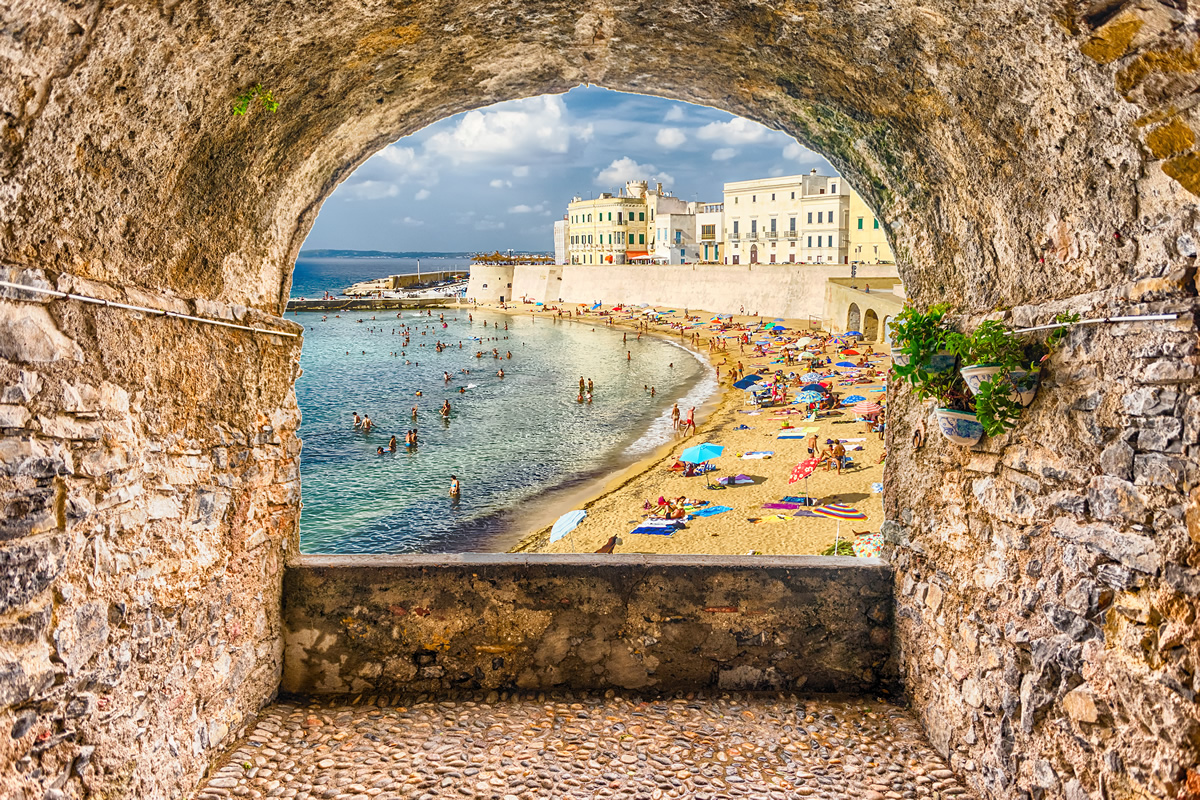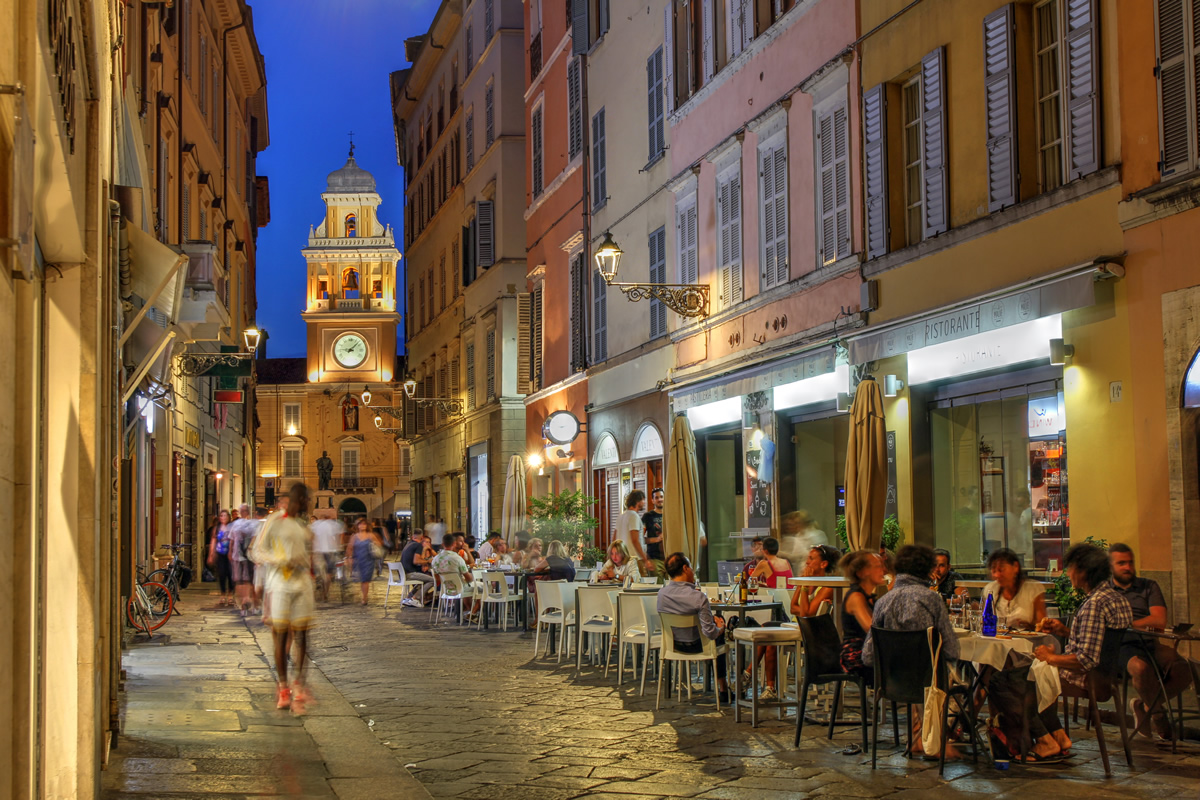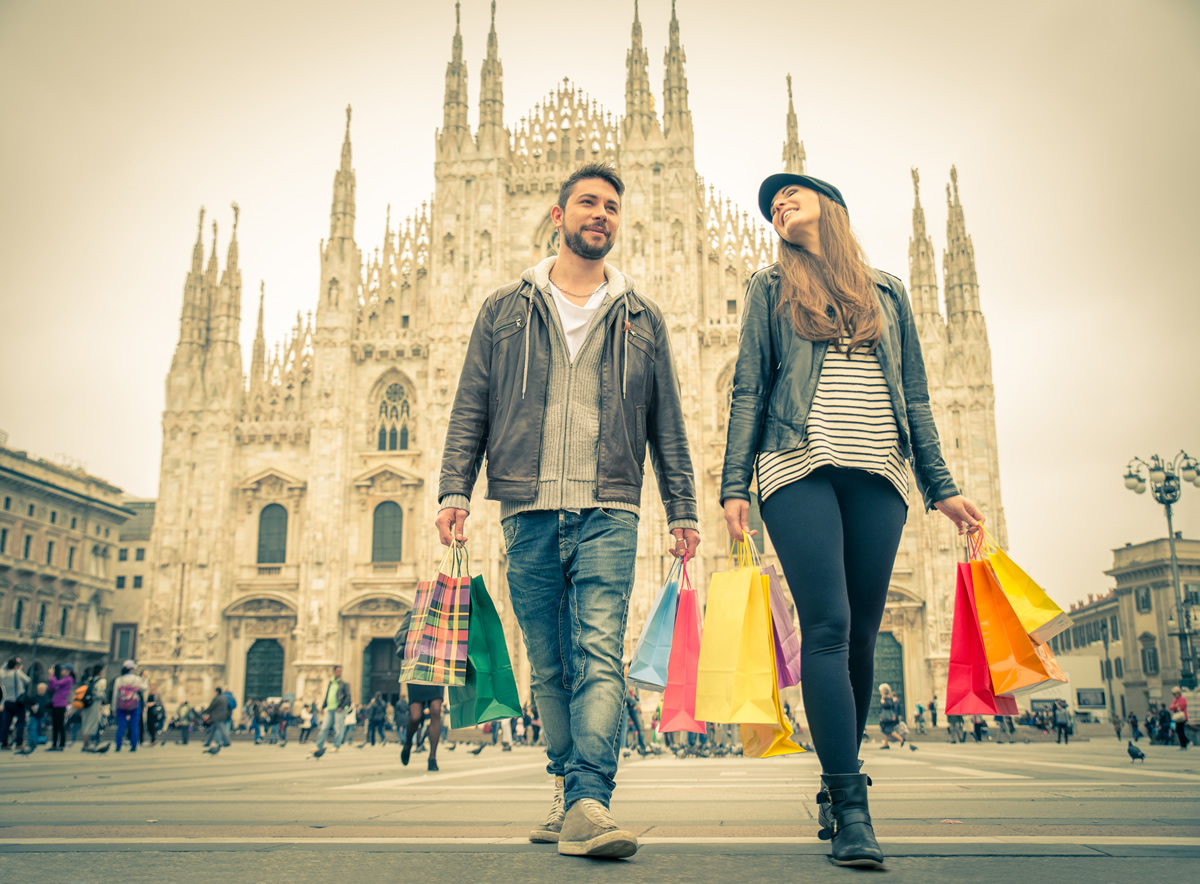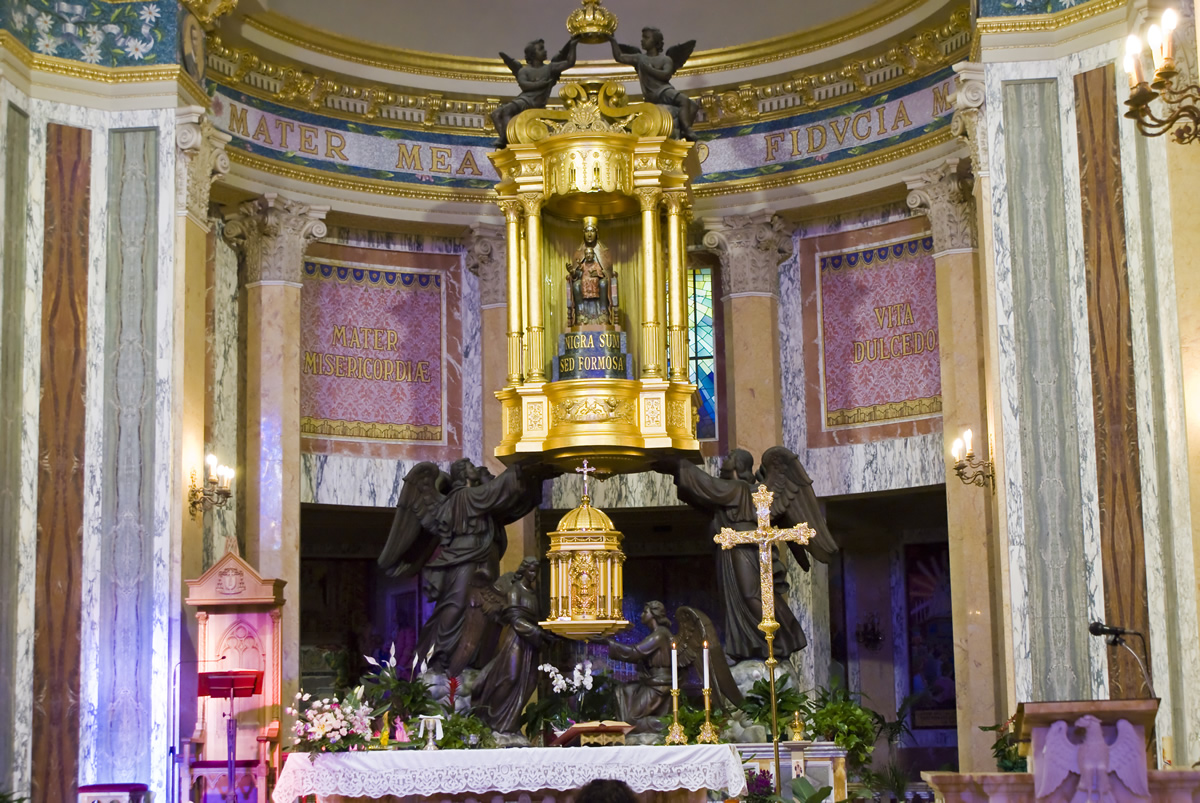Italy
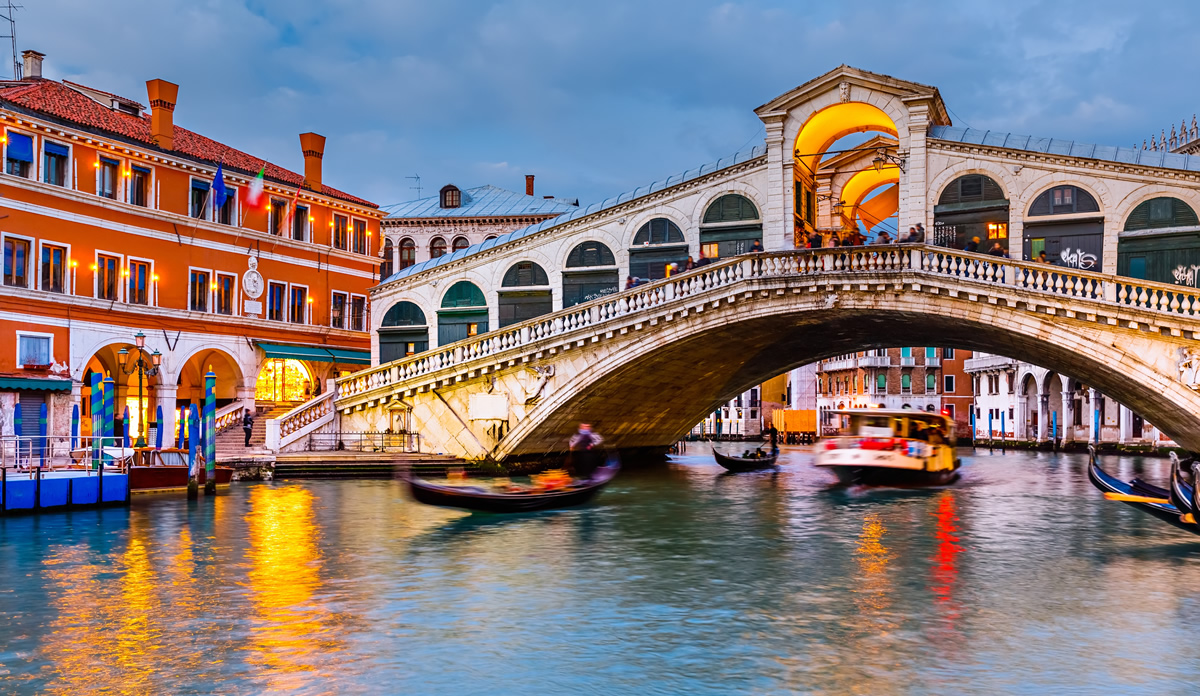
Few places rank as high on a travellers’ bucket list as Italy.
Whatever your taste in travel, you’ll satisfy it in this country that is both exotic and familiar.
History, art, food, music, architecture, culture, sacred sites, charming villages, and stunning scenery are all around, and in an amazing atmosphere.
Rome
Both for its history as the capital of much of Europe and for its present-day role as one of Europe’s most vibrant cities, Rome heads the list for most tourists traveling to Italy.
Relics of its ancient glories – the Colosseum, the Forum, the Pantheon, the Appian Way, and the Palatine Hill- vie with the vast riches of the Vatican as the top attractions.
But between the important sights like the Sistine Chapel and Michelangelo’s Pieta, take time to enjoy the city itself. Relax in the Borghese gardens, eat gelato on the Spanish Steps, explore the narrow streets of Trastevere, window-shop on the Via Veneto, and toss a coin in Trevi Fountain, so you can return again and again. It will take several trips to see it all.
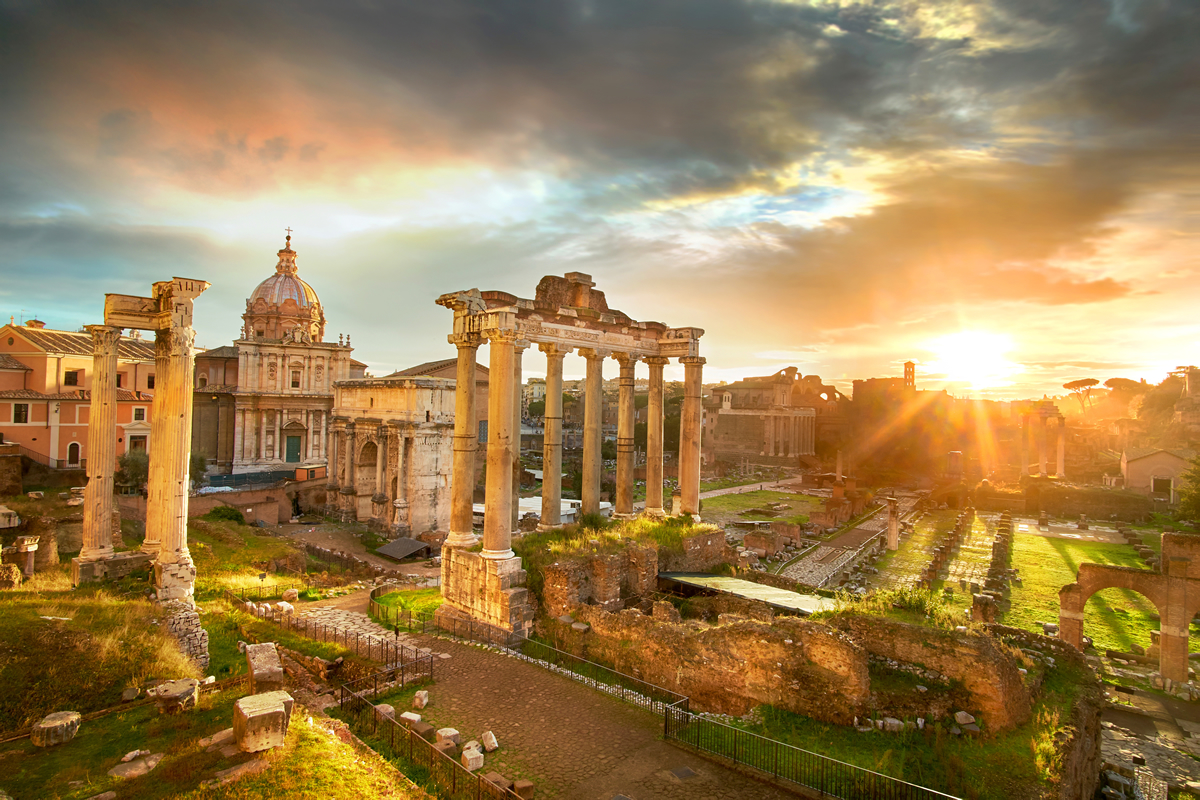
Venice
Who could fail to love a city whose streets are made of water, whose buses are boats, and where the songs of gondoliers linger in the air?
It is a magical city, and its major attraction to tourists is the city itself. The hub of the city is the broad Piazza San Marco, St Mark’s Square, surrounded by several of its top tourist attractions. The great Basilica of St. Mark stands beside the Doge’s Palace, and overlooking both is the tall Campanile. Gondolas congregate at the end of the plaza in the Grand Canal and in the other direction, a gate under the clock tower leads into a warren of narrow winding passageways, where you’re sure to get lost on the way to the Rialto Bridge. But getting lost is one of the greatest pleasures of Venice, where a postcard scene awaits around each corner.
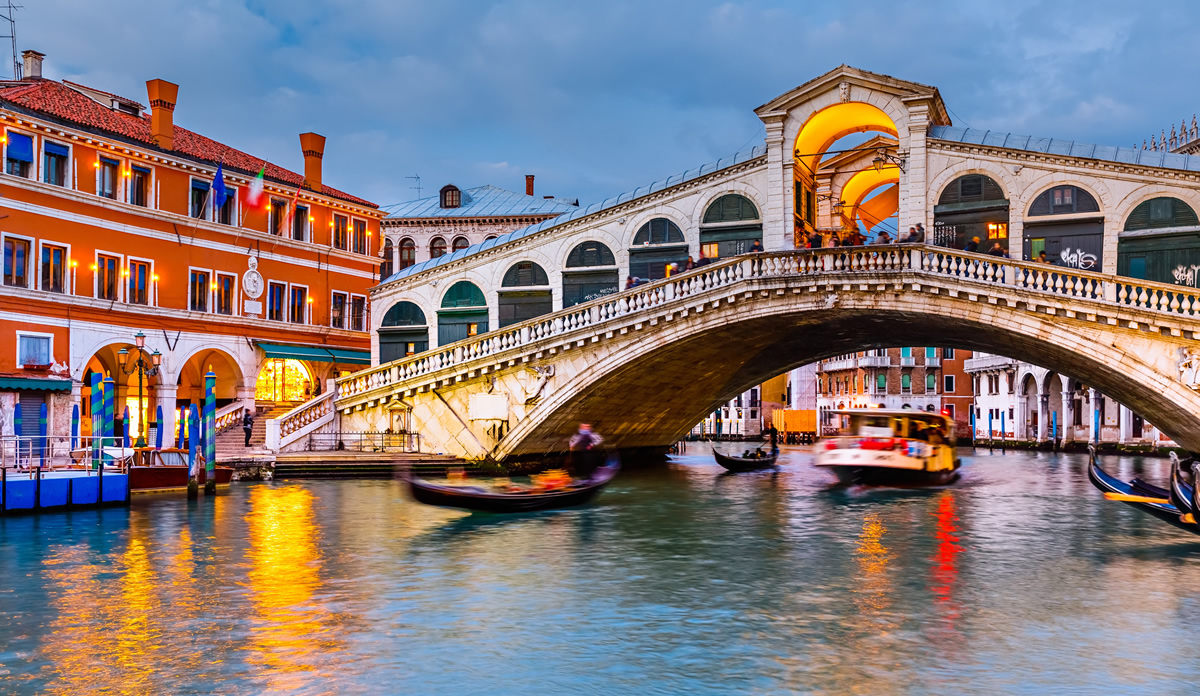
Sicily
The island of Sicily has earned seven places on the UNESCO World Heritage Site list, three for its ancient sites, two for natural wonders, and two for architectural treasures.
Some of the finest remaining examples of ancient structures are in Sicily: at Selinunte is one of the largest Greek temples; in Agrigento, at the Valley of Temples, is one of the three most perfect Greek temples anywhere; and the 3,500 square meters of mosaics at Villa Romana del Casale in Enna decorate one of the best-preserved villas in the entire Roman Empire. Sicily’s landscapes match its world-class attractions.
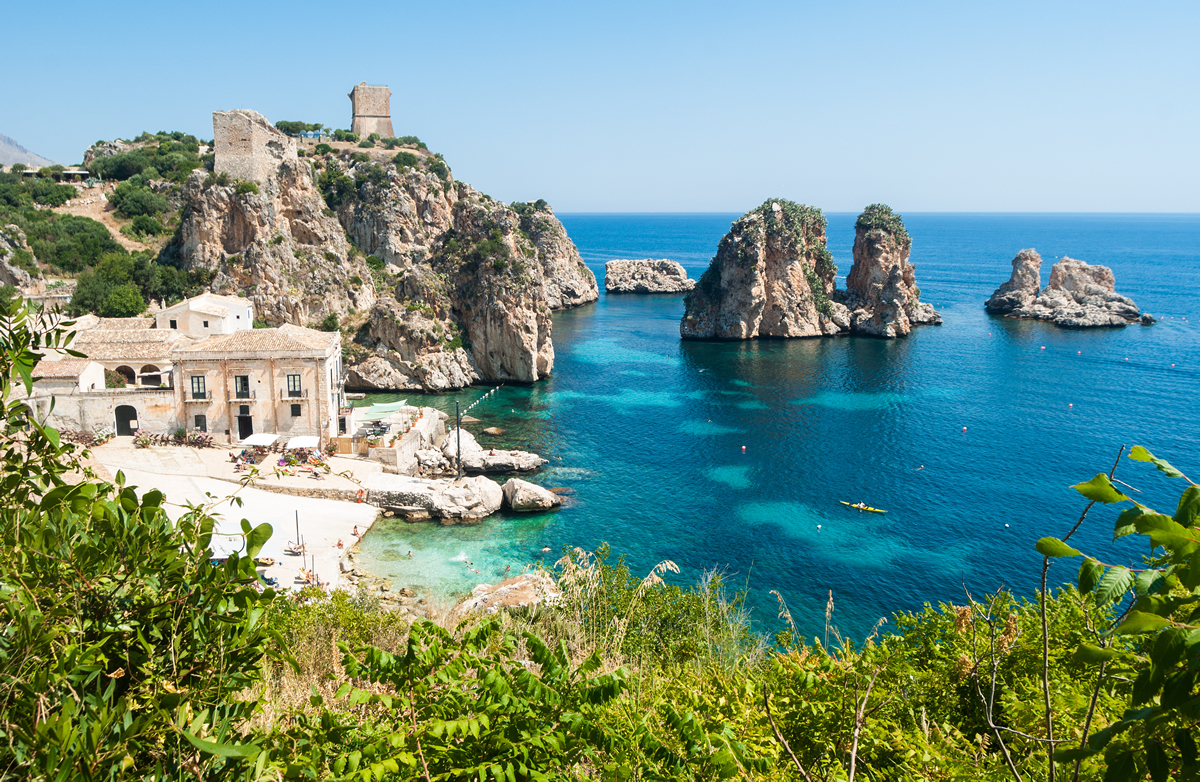
Florence
The showcase of the Italian Renaissance, Florence can at times seem like one giant art museum.
The Duomo, the Cathedral of Santa Maria del Fiore is a landmark of world architecture, topped by its gravity- defying massive dome. Together with its marble-inlaid bell tower by Giotto and its octagonal Baptistery with its incomparable bronze doors by Ghiberti, this is one of the world’s finest ensembles of Renaissance art. Half a dozen art museums brim with paintings and sculpture, while more masterpieces decorate its churches. Before you overdose on art in the Uffizi Gallery and Pitti Palace, stroll through the Boboli Gardens and explore the artisans’ studios and workshops of the Oltrarno, or shop for leather in Santa Croce.
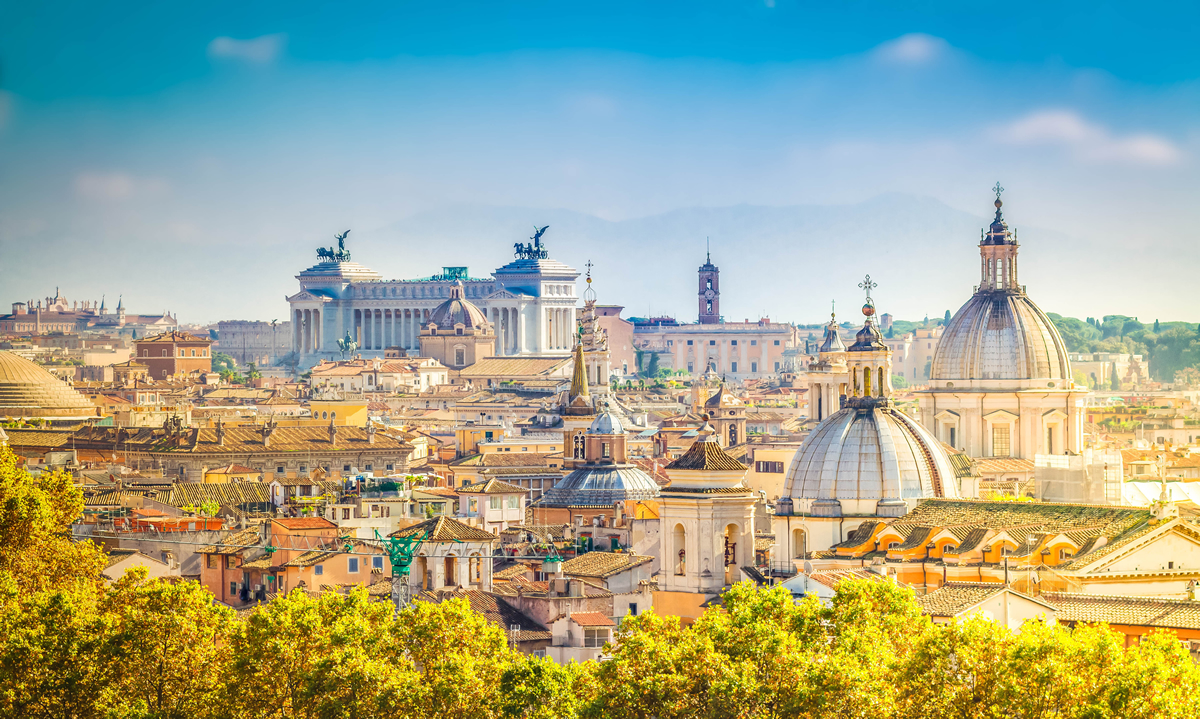
The Cinque Terre
The five towns that cling to the steep, rocky Mediterranean coast north of La Spezia were almost impossible to reach by land until the railway connected them by tunneling through the headlands that separate them.
Today, the trail along the cliffs that locals once used to travel from town to town is one of Italy’s great hikes; the shortest and widest of its sections, between Manarola and Riomaggiore is known as the Via dell’Amore. Riomaggiore and Vernazza, with their narrow streets dropping down to tiny rock-bound harbors are the most filled with character, and despite its recent popularity with tourists, the Cinque Terre remains one of Italy’s most appealing attractions.
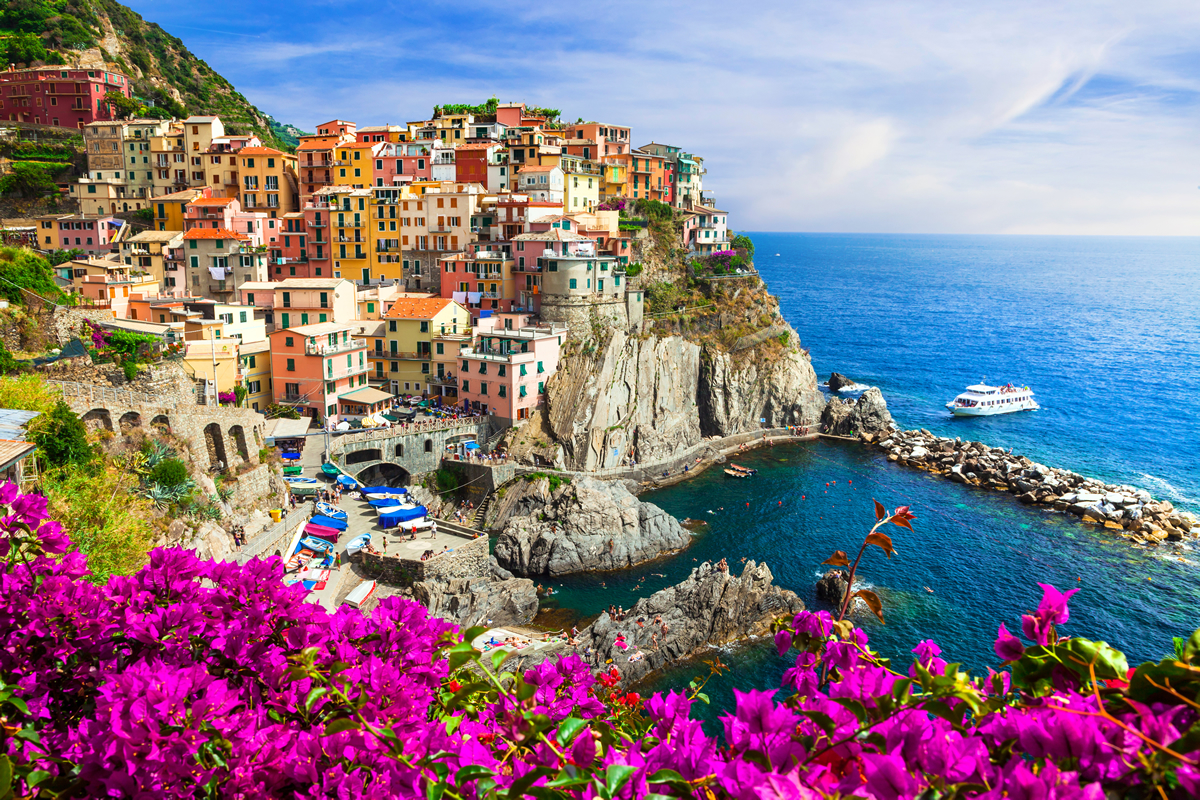
Pompeii and Herculaneum
In AD 79, Mt. Vesuvius erupted violently and suddenly, engulfing the thriving Roman city of Pompeii and encasing it for more than a millennium in six meters of ash and pumice-stone.
The city remained frozen in time until excavations that began in the 18th century uncovered more than half of its buildings and public spaces. The same eruption also engulfed the city of Herculaneum, but this time in molten lava, not ash. So instead of raining down and crushing buildings with its weight, the lava flowed into and filled the city from the ground up, supporting walls and ceilings as it rose and preserving them in place. Also preserved in this airtight seal were organic materials, such as wood, textiles, and food, giving a more complete picture of life in the first century.
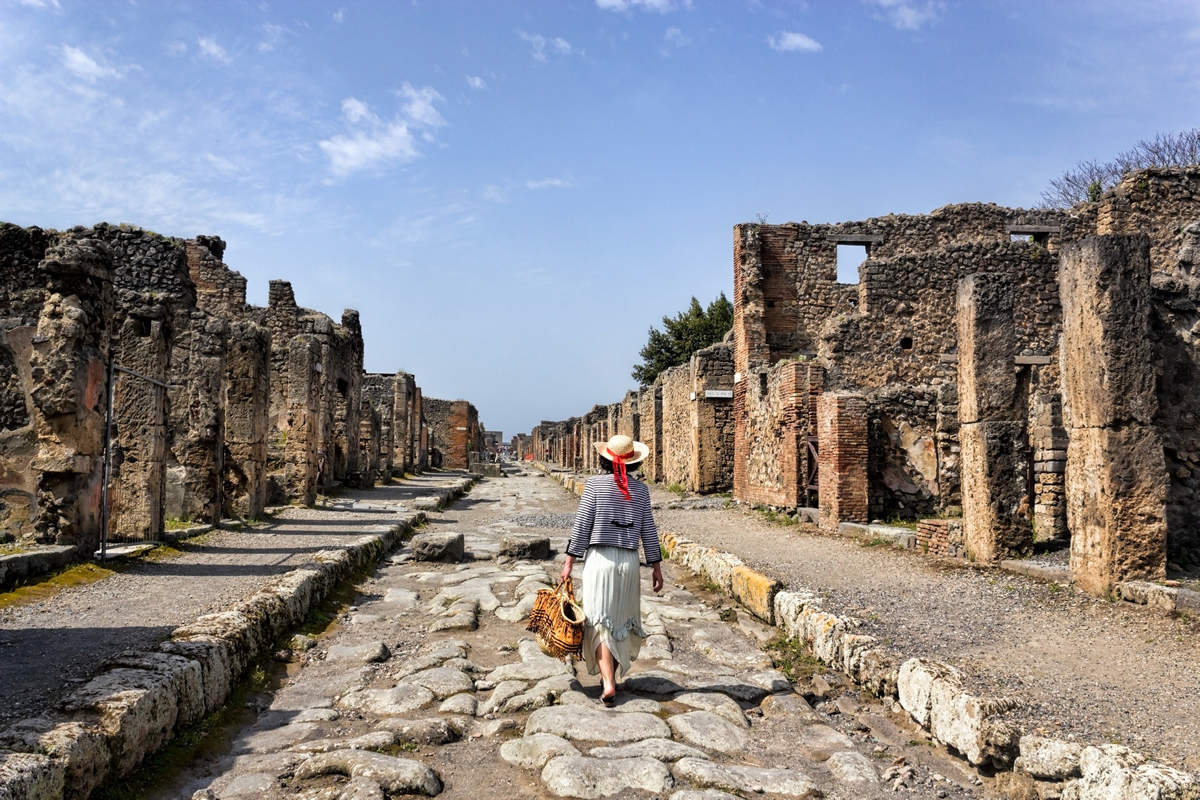
Send a request / Contact us
GDPR Consent*
All details provided by you will be held by Kompas d.o.o and used in accordance with our Privacy Notice. By clicking ‘SEND’ you consent to Kompas d.o.o companies contacting you regarding the requested offer and information about our products and services.
